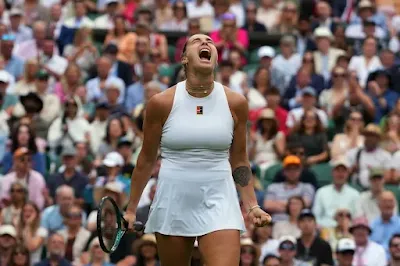By Ellalyn De Vera-Ruiz
Published Jul 3, 2025 06:46 am
Copy Link
X
PAGASA
PAGASA
Heavy rainfall is expected to persist in several areas over the coming days due to a Low-Pressure Area (LPA) east of Northern Luzon and the enhanced southwest monsoon (habagat), said the Philippine Atmospheric, Geophysical and Astronomical Services Administration (PAGASA) on Thursday, July 3.
As of 3 a.m., the LPA was located 125 kilometers east-northeast of Aparri, Cagayan, moving northwestward.
While the probability of its development into a tropical cyclone within the next 24 hours has decreased from high to moderate, PAGASA weather specialist Chenel Dominguez said the weather disturbance may still intensify in the coming days.
Should it develop into a tropical depression while inside the Philippine Area of Responsibility (PAR), it will be given the local name “Bising.”
Dominguez said the LPA is expected to approach extreme Northern Luzon and bring scattered rains, particularly over Batanes and Babuyan Islands.
Meanwhile, the habagat continues to affect Central and Southern Luzon, Western Visayas, and parts of Mindanao.
In its Weather Advisory No. 5 issued at 5 a.m., PAGASA reported that moderate to heavy rainfall (50–100 mm) is expected on Thursday over Batanes, Cagayan, Isabela, Apayao, Kalinga, Abra, and Ilocos Norte due to the LPA.
Rainfall is forecast to persist through Saturday, with rainfall forecasts of up to 100 mm on Friday, July 4, over Batanes, Cagayan, Apayao, Kalinga, Ilocos Norte, and Abra, and on Saturday, July 5, over Batanes, Cagayan, Apayao, and Ilocos Norte.
The habagat is also expected to bring moderate to heavy rainfall over Metro Manila, Pangasinan, Zambales, Bataan, Cavite, Batangas, and Occidental Mindoro on Thursday.
Western Visayas and the rest of Luzon are expected to experience scattered rains and thunderstorms, while the rest of the country can expect isolated rain showers or thunderstorms.
By Friday, heavier monsoon rains of up to 200 mm (intense) are forecast for Pangasinan, Zambales, Bataan, and Occidental Mindoro.
Meanwhile, Metro Manila, Ilocos Sur, La Union, Benguet, Tarlac, Pampanga, Bulacan, Rizal, Laguna, Cavite, and Batangas may receive 50–100 mm of rainfall.
On Saturday, continued habagat rains are expected over Ilocos Sur, La Union, Pangasinan, Abra, Benguet, Zambales, Bataan, and Occidental Mindoro.
PAGASA warned that rainfall could be more intense in mountainous or elevated areas, and that persistent rains over the past few days may increase the risk of flooding and landslides.
Residents, local governments, and disaster risk reduction and management offices are advised to remain vigilant and take precautionary measures, especially in flood- and landslide-prone areas.
Dominguez also noted that a tropical storm with the international name “Mun” remains outside PAR, approximately 2,500 kilometers east-northeast of extreme Northern Luzon.
She said the weather disturbance poses no direct threat to the country.


.webp)